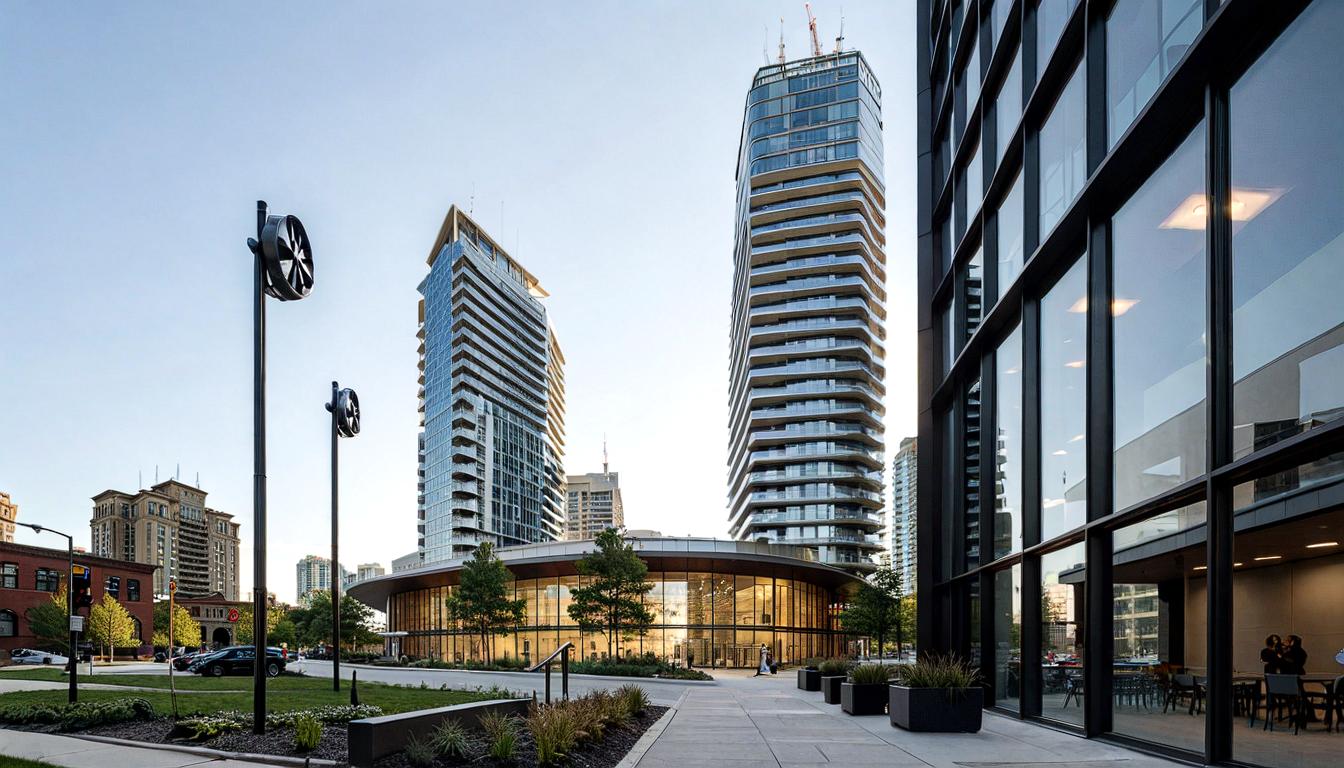Introduction
- As you navigate the world of architecture and design, you’ve perhaps come across the swift rise of Artificial Intelligence (AI). Indeed, AI has taken a leading role in augmenting architectural visualization, providing creative solutions and fresh nuances. This post aims to demystify the concept of AI in enhancing architectural visualization, its impact and potential in a concise and easy-to-understand manner. So, let’s begin.
The Influence of AI on Architectural Visualization
- One notable impact of AI in this field is its ability to boost design efficiency. With AI, design iterations can be analyzed and improved at a rate that far outpaces human capacity.
- AI also opens up an exciting avenue for rapid testing of various design possibilities, thus streamlining the creative journey.
- Another critical feature of AI is its potential to automate intricate rendering and lighting techniques, delivering a level of detail and precision that is otherwise challenging to achieve manually.
AI and Architectural Rendering
- AI-powered rendering engines possess a unique capability. They can intelligently inspect a scene and fine-tune lighting parameters, material properties and environmental conditions, creating realistic visualizations.
- Additionally, AI-driven visualization tools can curate interactive environments that can be modified based on user input, enabling a collaborative design process.
- AI can also perform real-time adaptations in lighting and material properties, thus enhancing the flexibility and dynamism of design engineering.
Data-Driven Decision Making with AI
- AI has a pivotal role in data-driven decision making in architecture. It can evaluate building performance metrics and analyze vast amounts of user behavior data, providing valuable insights for informed design choices.
AI and Augmented Realty (AR) in Architectural Visualization
- There is an exciting integration happening between AI and AR in architectural visualization. It permits an immersive experience that bridges the gap between the virtual and physical environments.
- This combination enables precise object recognition, spatial mapping, and real-time tracking, creating a heightened visualization experience.
AI for Material and Texture Generation
- AI also paves the way for the generation of detailed textures through its advanced algorithms. These algorithms can analyze real-world data and reproduce extremely nuanced textures automatically.
- This process allows for AI-powered material generation, offering further advancements in the field of architectural visualization.
Space Optimization and Building Performance with AI
- AI plays a significant role in formulating efficient space configurations. It takes into account factors like traffic flow and spatial necessities, ensuring optimized space utilization.
Ethics and Legalities Concerning AI in Architectural Visualization
- Alongside its numerous benefits, AI has also sparked conversations around ethics in architectural visualization. There are concerns about the potential of AI replacing human efforts in architecture.
- Additionally, copyright issues around AI-created images raise further questions about the legal implications of AI in this industry.
AI Applications in Architectural Visualization
- AI fosters a variety of applications in architectural visualization. This includes generative design, 3D modeling, texture creation, and image recognition, among others.
Future of AI and Humans In Architectural Visualization
- While there are apprehensions about AI taking over jobs in architectural visualization, it is more likely that a collaborative model where AI enhances human efforts will dominate.
- This post offers insights into such a potential hybrid model, underlining the benefits of a partnership between AI and humans in architectural visualization.
Frequently Asked Questions (FAQs)
- How does AI enhance architectural visualization?
- AI offers an improved design procedure by enabling rapid iteration, adjusting lighting parameters, material properties, and environmental settings automatically. Additionally, it analyzes large volumes of data to provide multiple design choices.
- How does AI aid in generating realistic and detailed textures?
- AI employs specialized algorithms to analyze real-world materials data. These algorithms can generate highly realistic and detailed textures automatically, enhancing the authenticity of architectural visualizations.
- How does AI assist in space optimization in architectural visualization?
- AI technology takes into account factors like user behavior, traffic flow, and spatial requirements. This allows it to offer recommendations for efficient space configurations, enhancing space utilization and building performance in architectural visualization.
- Can AI take over professionals in the field of architectural visualization?
- While AI significantly boosts the capabilities of professionals in architectural visualization, it is unlikely to replace them entirely. A model where AI works in collaboration with human capabilities is more plausible.
- What are the limitations of AI in architectural visualization?
- AI does face certain limitations in architectural visualization, including difficulty controlling specific details and potential inconsistencies in the final rendering. However, the overall benefits of AI still make it a valuable tool in architectural design.






